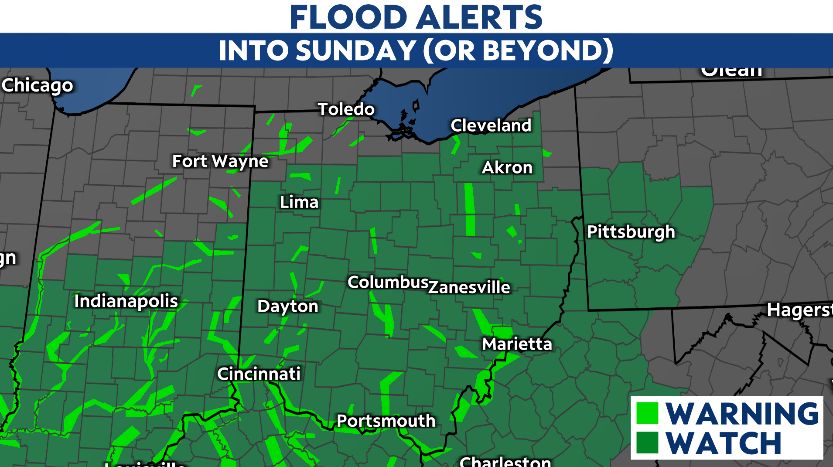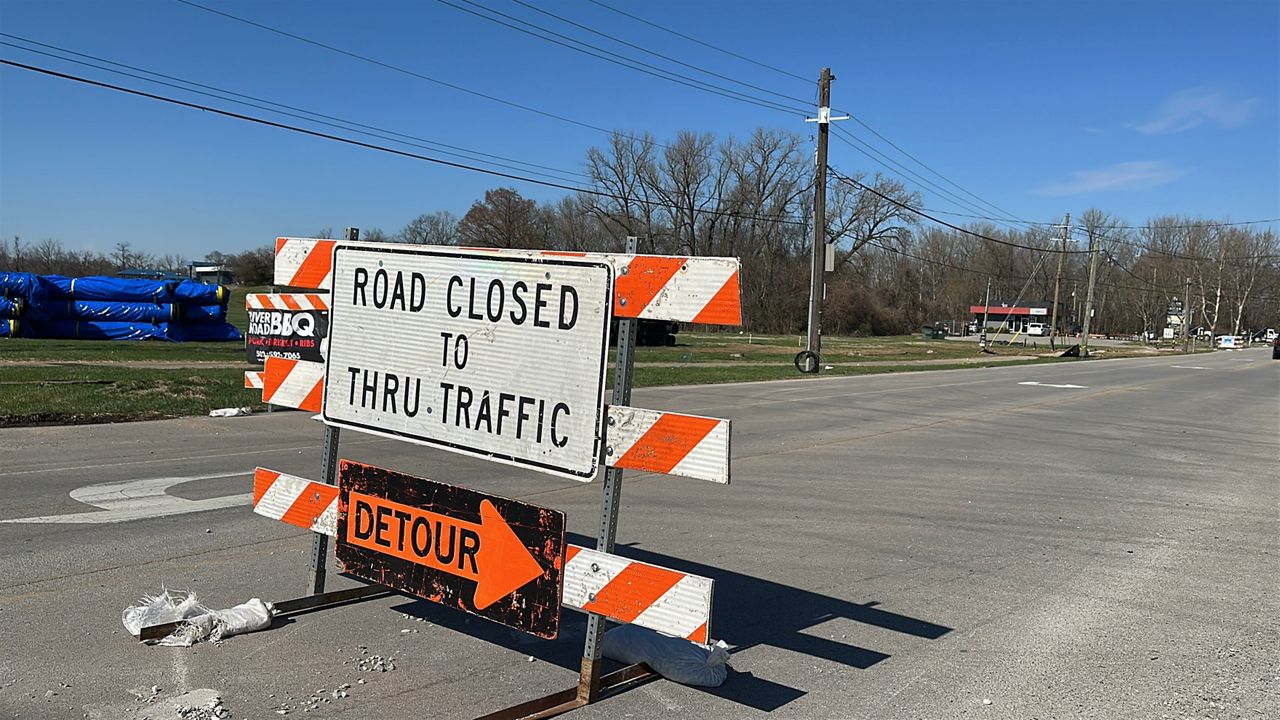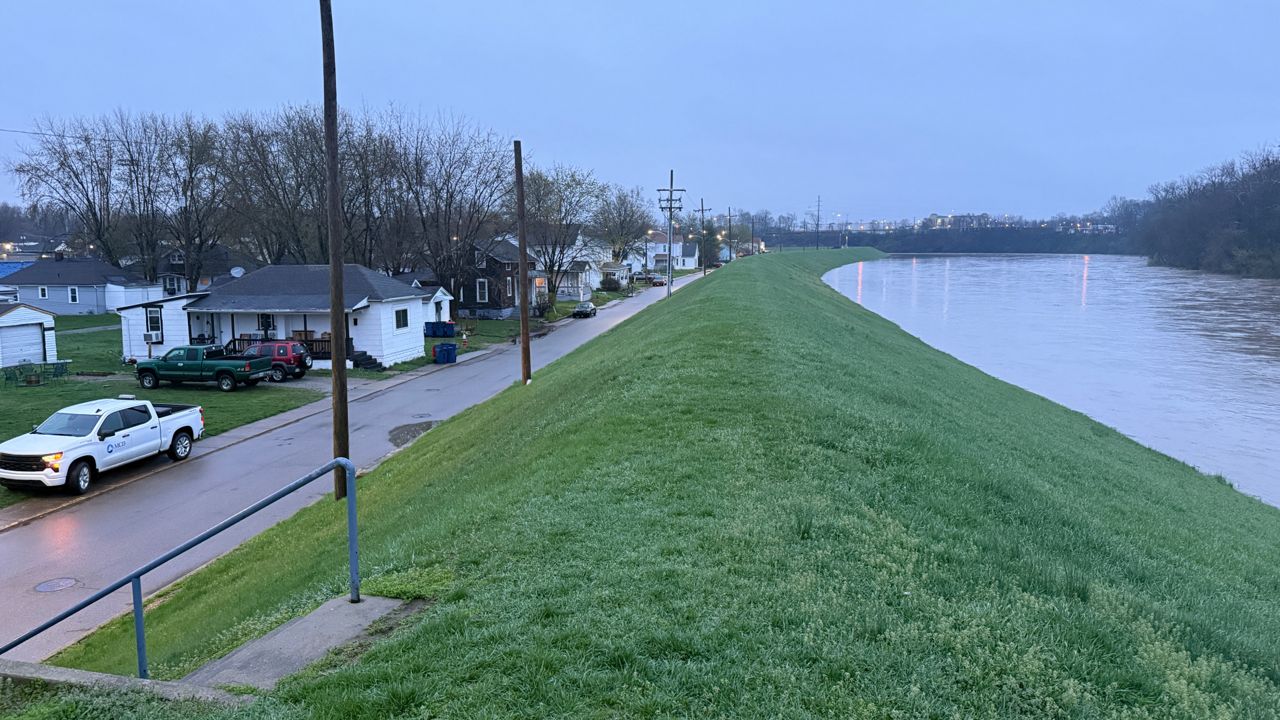CINCINNATI — It's been busy the past year for the refugee resettlement services division of Catholic Charities. In southwestern Ohio alone, CEO Tony Stieritz said his agency helped hundreds of refugees find permanent homes in the greater Cincinnati area since 2020.
Dozens came from Afghanistan, many from the Democratic Republic of the Congo, others from Iraq and Syria, but none so far have come from Ukraine. Stieritz doesn’t expect that to change anytime soon.
In the weeks since Russia’s invasion, three million Ukrainians have fled their home country in what the United Nations called the worst refugee crisis in Europe since World War II.
“These are some of the most poor and vulnerable people on the face of the planet, as you can imagine,” Stieritz said. “People who are fleeing unspeakable violence and disaster.”
In the Cincinnati area, Stieritz said Catholic Charities of Southwestern Ohio is willing and ready to take them in and help them find a home, but he imagines that step is likely months or even years away.
“We don’t have a choice in who we resettle or where they’re coming from,” he said.
That choice lies with the U.N. High Commission for Refugees. Those seeking permanent resettlement apply to the council for refugee status and, from there, they may get permanent residency in their asylum country or get resettled in a new country, like the United States.
“That almost only happens when it’s a last resort for that person or that family,” Stieritz said.
That’s because refugee status typically signals there is no hope a displaced person can ever return to their home country and resettlement is permanent. Three weeks into the war in Ukraine, many aren’t ready to take that step.
Instead, many are opting to stay in neighboring countries in Europe or attempting to travel to nearby countries where they might reunite with family. The United States admitted some Ukrainians, but only a few hundred since the start of 2022.
“Should the crisis become such that there is little hope of them returning someday, then they could become refugees,” Stieritz said.
That process, though, often takes several months, likely even years before agencies like his get a call to handle the final steps.
There are exceptions, though, such as the Afghan refugee crisis a year ago.
“The U.S. was pulling out and as a response, the administration decided that they would create a whole separate process for Afghans to be able to come to the United States,” Stieritz said.
In that case, Afghans who had worked with the United States received Special Immigrant Visas to expedite the evacuation process because their cooperation with the U.S. government made them targets to the Taliban.
“Normally we wouldn’t see them for years, but because of this unique process, the administration created, we saw them in a matter of months,” Stieritz said.
Stieritz believes a process like that is unlikely for Ukrainian refugees, but CCSWOH and other resettlement services are still plenty busy assisting other refugees from around the globe.
When the Biden Administration took over, it signaled a policy change in the number of refugees the United States will resettle. In his first year in office, President Biden raised the refugee ceiling from the record low 15,000, set by the previous administration in 2020, to 125,000.
Stieritz said in response, Catholic Charities hired new staff and worked to rapidly expand their resettlement department.
“Even before the Afghan crisis, we were beginning to receive more and more refugees,” he said.
Resettlement agencies help with getting families housed, finding jobs, enrolling in school and otherwise getting acclimated to their new communities, often relying on partner organizations and landlords willing to offer affordable rates for refugee families.
As politicians like Gov. Mike DeWine announce Ohio will welcome Ukrainian refugees, Stieritz said it’s great moral support, but he said he would like to see some concrete promises as well.
“It really is important to know that our community leaders really do have compassion for these families that they can build a new life here,” he said. “We hope that they can help assist in helping us solve the challenges of refugee resettlement that we always face, such as finding affordable housing, for instance.”
Public transportation infrastructure is also an important tool for refugee resettlement, Stieritz said, as well as volunteers willing to help with language classes or the moving process.
While he said he’s optimistic about the popular support many are offering potential Ukrainian refugees, he acknowledges not every group he’s resettled received the same welcome.
“We see families every day that might not be the exact politics of the situation but just the same these are people who because of war, because of persecution because of some drastic situation has destroyed any chance of hope of them from going home,” he said.
As the U.S. waits to see if Ukrainian refugees might come in large numbers, Stieritz said he hopes those who support them will lend the same sympathy to the hundreds of other refugees headed to Ohio from around the world.
“The call to support all refugees in the midst of the crisis is equally important.”










